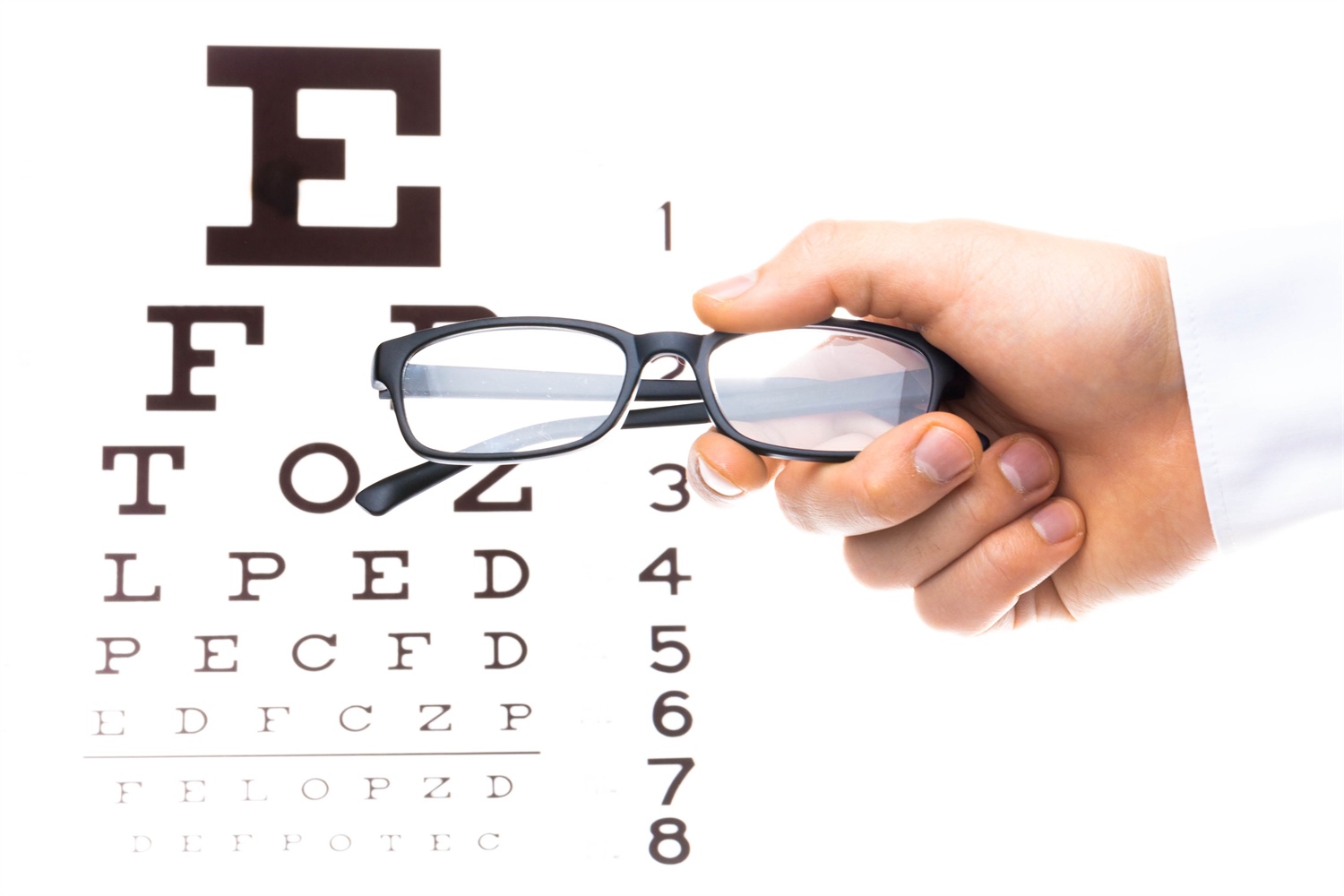4. KERATOMETRY TEST
This test measures the shape and curve of the outside of the eye, known as the cornea. The cornea’s shape affects how your light perceives and reflects light. Some people have corneas with steep or elongated curves, which results in a condition known as astigmatism. Optometrists use keratometry tests to detect astigmatism.During a keratometry test, you gaze into a special machine. Your eye doctor adjusts the machine so it aligns with your eye. Then the optometrist reads the machine’s measurements, which indicate your cornea’s shape.
5. PERIPHERAL VISUAL FIELD TEST
While people tend to focus on whatever our eyes look directly at, we can also see objects on the sides of our field of vision. This viewing area is known as our peripheral vision. Visual field tests evaluate our peripheral vision.Several types of peripheral visual field tests exist. They include the following:
Automated perimetry.
You look into a special machine and focus on a spot in the center. You press a button any time you see a light flash in your peripheral vision.
Tangent screen exam. You focus on a target at the center of a screen. Your eye doctor moves objects in and out of your peripheral vision, and you indicate when you can first see them and when they vanish from your field of view.
Confrontation visual field exam. Your eye doctor sits opposite you and moves his or her hand into and out of your peripheral vision. You say when you see the hand and how many fingers your optometrist is holding up.
Each test allows an optometrist to identify gaps in your peripheral vision and determine the size of your visual field.
6. INTRAOCULAR PRESSURE MEASUREMENT
An intraocular pressure test measures the force or pressure created by the fluid in your eyes. An abnormal level of eye pressure can be a warning sign of glaucoma.The machine that tests for glaucoma sends a quick puff of air at your open eye. The puff of air briefly surprises you, so your eye reacts by closing. The machine then measures your eye pressure based on your reaction and your eye’s resistance to the pressure from the air puff.Your optometrist may perform a manual intraocular pressure measurement as well to get a more precise reading. This test uses special instruments that gently touch your eye to measure the internal pressure. Before the test, the optometrist will apply anesthetic eye drops to ensure you don’t feel the instruments during the test.These descriptions of common eye tests should make it clear that eye exams are simple and painless. Make regular visits to a local eye doctor so your eyes can receive these important tests. If your optometrist performs additional tests at your appointment, ask him or her to explain them.

